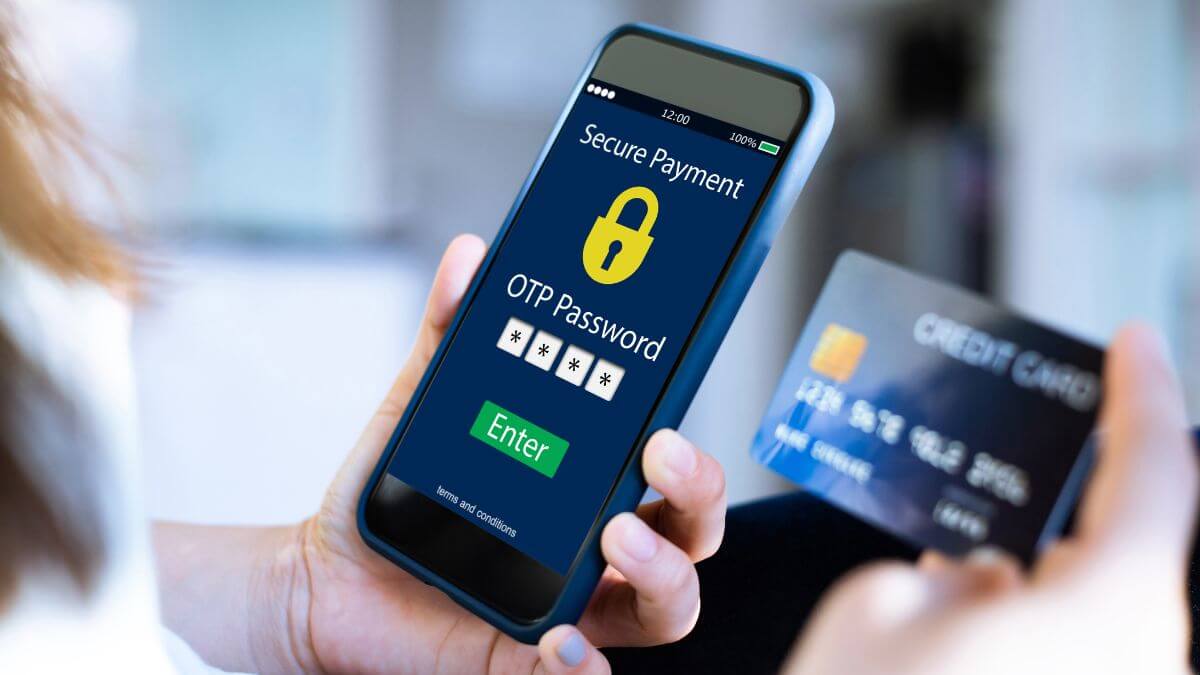What is Difference Between OTP and 2-Factor Authentication?
Gone are the days when a simple username and password sufficed. Hackers are constantly innovating, and so should our authentication methods.
We can relate to the fact that passwords are a double-edged sword. They’re convenient but often easy to crack, especially if reused across multiple accounts. A compromised password can grant a hacker access to a treasure trove of personal information, financial data, and even online identities. To overcome this challenge, IT companies came up with the solution of two-factor authentication. But how exactly do both solutions differ from each other?
This article aims to clarify the difference between one-time passwords (OTPs) and 2-factor authentication (2FA) and the pros and cons of each.
One-Time Password (OTP): A Single-Use Shield
OTP stands for a one-time password. In this method, the authentication process starts with a temporary code generated specifically for a single login attempt. This code can be delivered via various channels, most commonly through an SMS text message.
Upon receiving the OTP, the user enters it along with their username and password during the login process. Since the code is valid only for a short period (usually 30 seconds), even if a hacker intercepts it, they wouldn’t be able to use it to gain access.
Benefits of OTP Authentication
- Stronger Authentication: This adds an extra layer of security compared to just a password.
- Widely Available: Supported by most online services.
- Easy to Use: One time password does not require any technical configuration by the user. Generally, the websites and services that require authentication send the OTPs. All the user has to do is submit the correct code.

Drawbacks of OTP Authentication
Despite having benefits of OTP as a strong authentication system, following are some of the drawbacks or challenges of this type of authentication:
- Reliance on Mobile Network: If you don’t have cell service, accessing the OTP can be difficult and the verification process will be incomplete. Sometimes the authentication server itself may have the issue and you will not receive the OTP on time and you may feel locked up.
- Vulnerability to SIM Swapping: Hackers can potentially hijack your phone number to receive the OTP and authenticate themselves as genuine users.
- Security Concerns with SMS: SMS messages are not encrypted, making them susceptible to interception.
2-Factor Authentication
Two-factor authentication (2FA), also known as multi-factor authentication (MFA) when employing more than two factors, takes security a step further. Two-factor authentication requires the user to provide two separate authentication factors to successfully login. These factors typically fall into three categories:
- Something You Know: This is usually your password.
- Something You Have: This could be your mobile phone, a security key, or a hardware token.
- Something You Are: This involves biometric authentication, such as fingerprint or facial recognition.
Benefits of 2FA
- Enhanced Security: Offers a stronger defence against unauthorized access compared to a single password or OTP alone.
- Wide Range of Methods: Supports various authentication factors for user convenience.
Drawbacks of 2FA
- Potential Inconvenience: Setting up and using 2FA might involve additional steps compared to traditional password logins.
- Lost Phone Concerns: Losing your phone with the authenticator app can be problematic.
OTP vs. 2FA: Choosing the Right Fit
While both OTPs and 2FA offer significant security improvements over a single password, here’s a breakdown to help you choose:
Use OTP if:
- You prioritize convenience and ease of use.
- You’re comfortable receiving OTPs via SMS and have reliable mobile network coverage.
- The service you’re protecting doesn’t require the highest level of security (e.g., social media accounts).
Use 2FA if:
- You’re dealing with sensitive online accounts (e.g., financial institutions, email providers).
- You want the strongest possible authentication available.
- You’re comfortable with using an authenticator app on your smartphone.
2FA with OTPs: A Popular Combination
Many online services utilize OTPs as the second factor in their 2FA process. After entering your login credential, the system prompts you to enter the one-time code received via SMS or generated by an authenticator app on your smartphone. This adds a significant hurdle for hackers, as they would not only need to steal your password but also gain access to your mobile device or intercept the OTP in real time.
Conclusion
Regardless of the specific authentication method you choose, remember that no single solution is foolproof. The key lies in implementing a multi-layered approach. Use strong, unique passwords and consider a password manager to help you keep track of them. For sensitive accounts, enable 2FA whenever possible, ideally using an authenticator app instead of SMS for added security. Stay informed about the latest security threats and best practices. By taking these steps, you can significantly strengthen your online defences and keep your valuable data safe.

